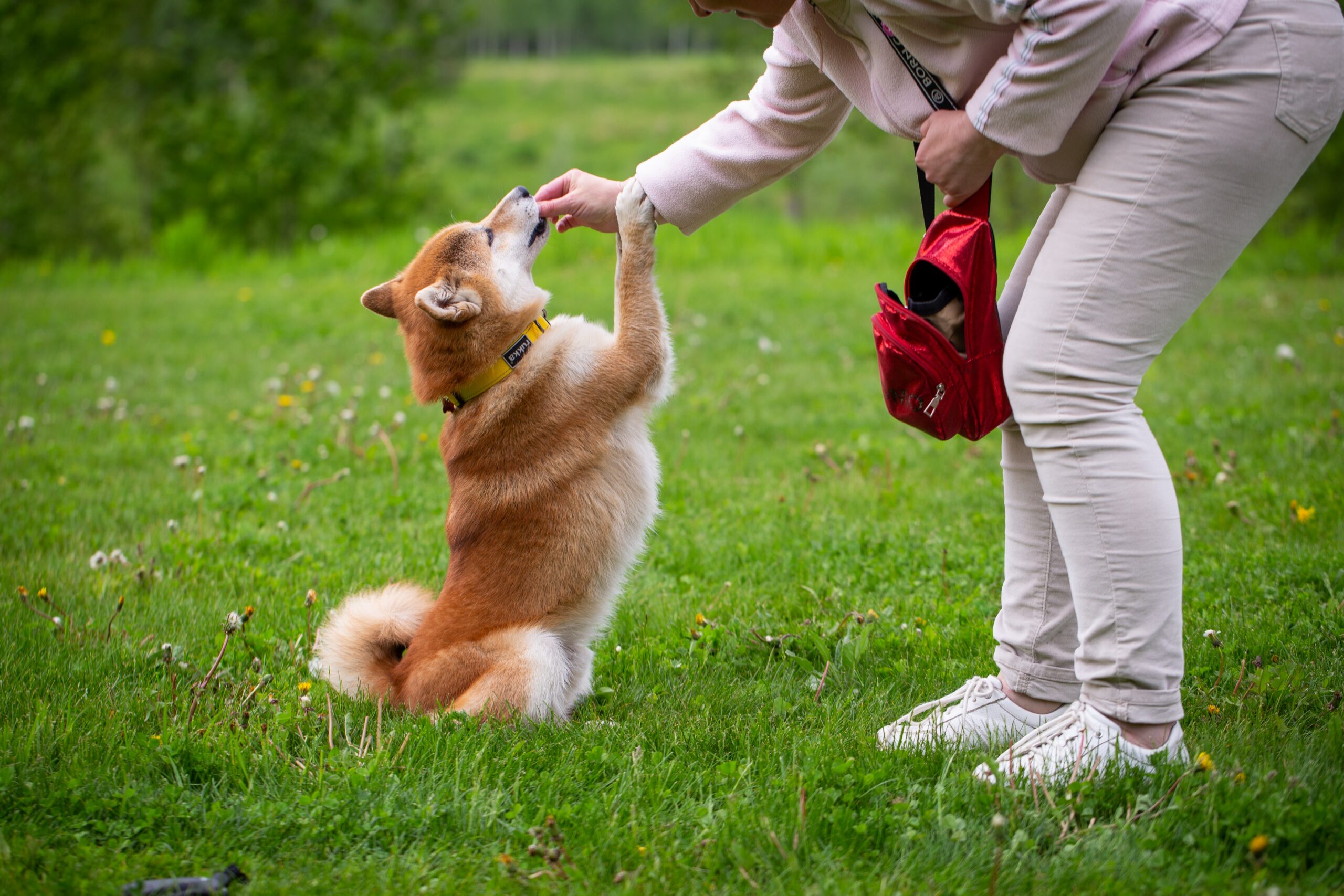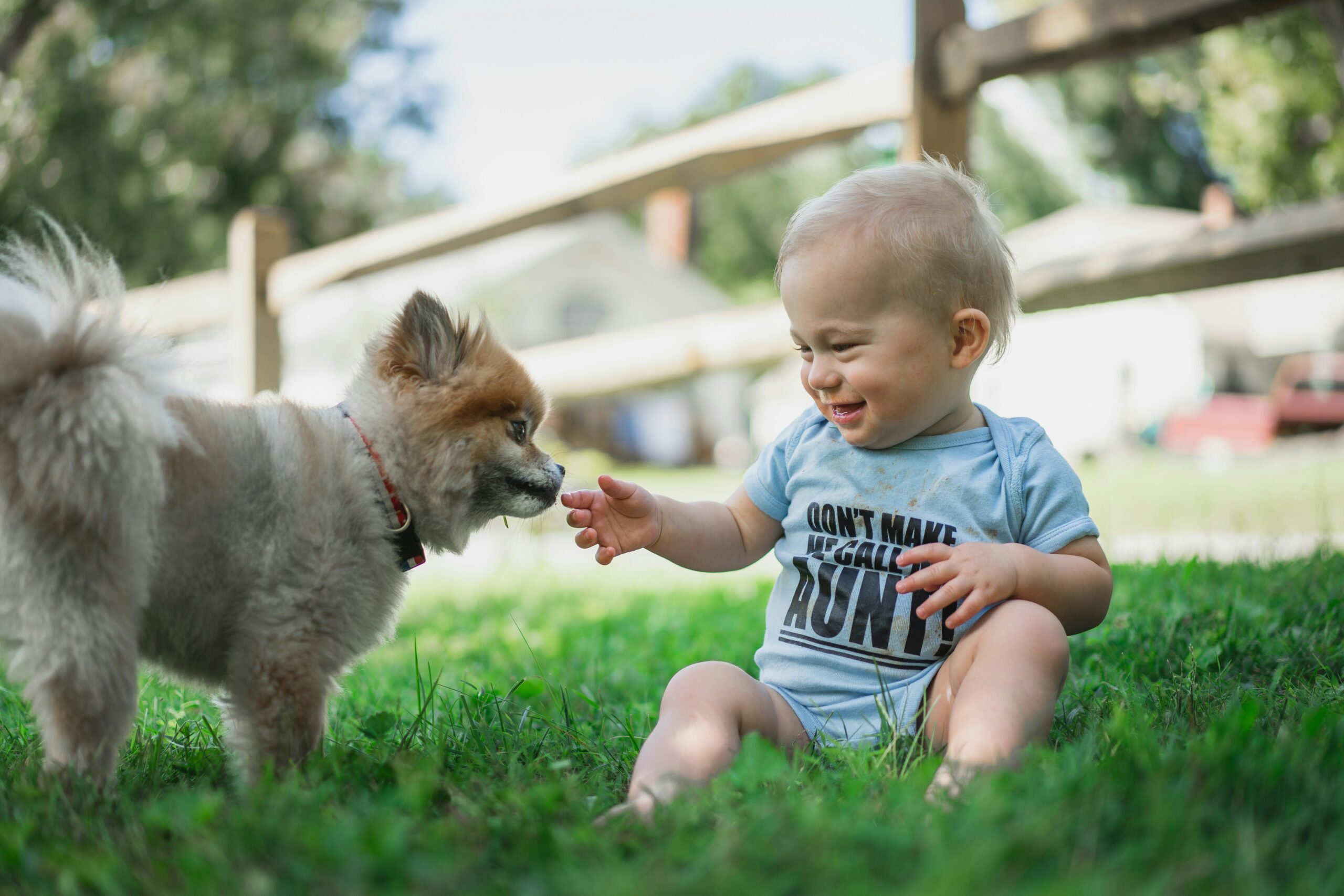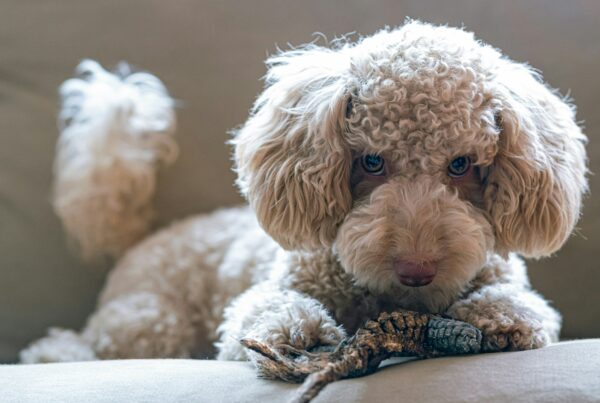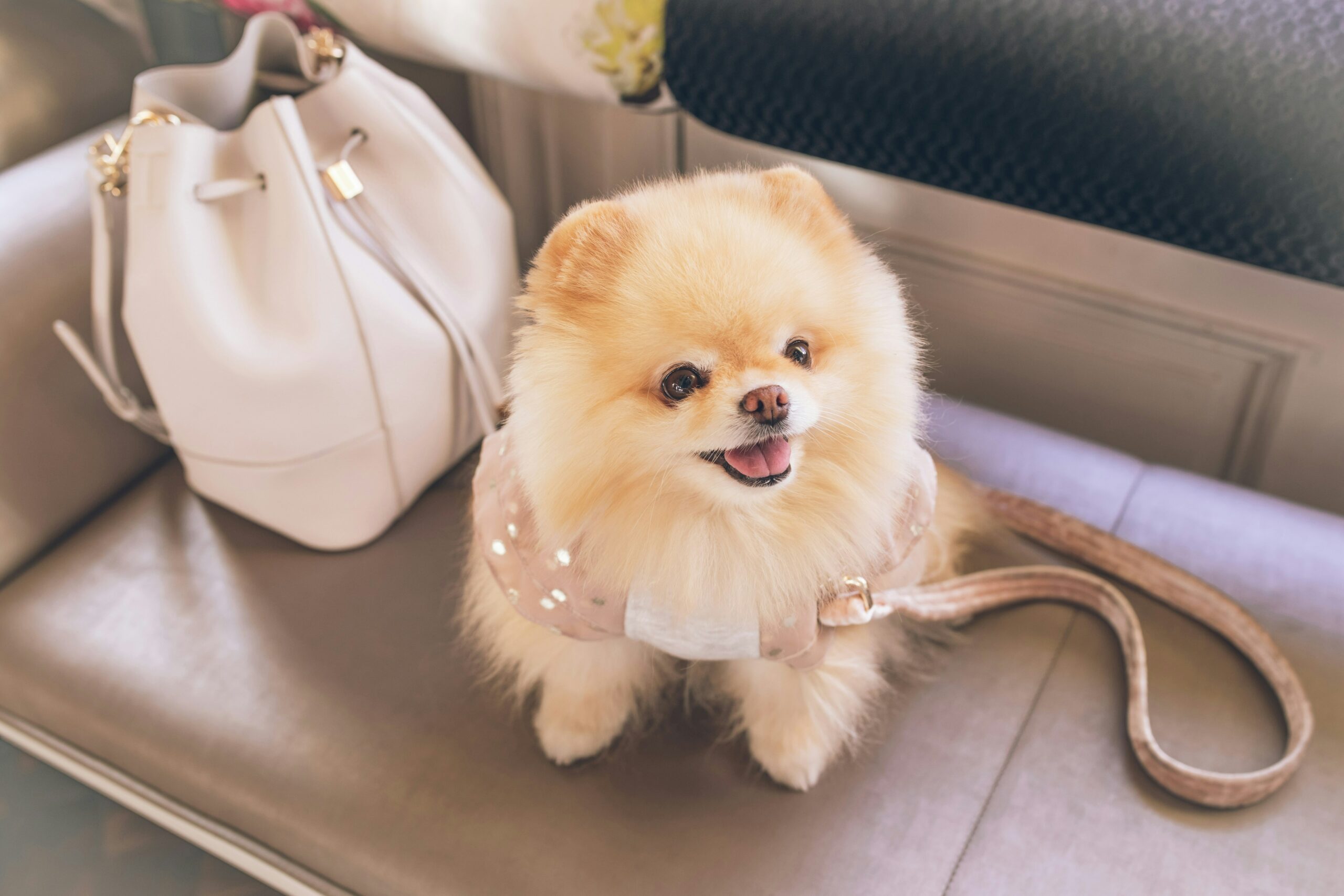Dogs enjoy learning, so training can be a great way to help your dog stimulate their minds and learn desired behaviors easily. Training can also be a great way to tire your dog out. While exercise can help energetic pups burn off some energy, using their minds may make dogs more tired afterward because they’re not used to thinking so hard.
Dog training involves creating an environment in which your pet can easily learn. Dog parents must also be patient since dogs don’t speak and can’t read minds. Training takes months or even years; it will not happen overnight, and dogs can’t learn new skills quickly. Here are the keys to successful pet training.
Find a Good Location
Training your pet requires a good, distraction-free location where your pet only has you to focus on. If you’re training your pet how to behave on a walk, be aware that everything can be a distraction from their training. Other dogs, noisy cars and garbage trucks, and other people, can all make it difficult for you and your pet to stay focused. However, if you can find a quiet grassy or paved area, or even set up your backyard, you can teach your pet how to behave while on a leash. If you live in an apartment with a pet policy, you might need to avoid seeing other dogs and people on walks during the training period, as they can be a huge distraction, especially if your dog isn’t socialized.
Once you find a good location, you can begin training your pet on the behaviors they need to know, such as walking on a leash, sitting, and even how to react to new company in the home.
Be Consistent with Rewards
Reward-based training is one of the most effective ways to train your pet. It involves rewarding them immediately after displaying the desired behavior and ignoring negative behaviors. For example, when you’re trying to potty train a puppy, you’ll give them a treat immediately after they go potty outside. If there are any accidents inside, you’ll simply clean it up and pretend like it never happened instead of scolding your pet.
Of course, you can’t be spotty with your reinforcements. If you train your dog to sit with treats, you should be able to reward them every time they sit when commanded. Eventually, once your dog learns the desired trick or behavior, you’ll wean them off the treats since they won’t need them anymore. Ultimately, rewarding your dog will serve as a way for them to associate behaviors with something good. Once your dog no longer needs treat reinforcement, you should still reward them by telling them they’re a good dog or patting them on the head. If you’re moving on to more advanced training with your pup, such as scent training, high-value treats can help keep your dog motivated and aware of the new skills being developed.
You must reinforce good behavior every time it happens, which might mean carrying treats with you and keeping treats in jars in every room of your home, especially the bedroom and living room. Additionally, you must reward your pet immediately after displaying the desired behavior. If you wait too long to give them a treat, they might not know what they’re being rewarded for.
Practice in Different Environments
We’ve already mentioned that being outside can be distracting for dogs even if no one is around. Their sense of smell is so powerful that they can smell every blade of grass and every animal that came by within the last few hours. Getting distracted by smells is easy for dogs, so it’s always best to start your training indoors. You can even start training your dog how to walk nicely indoors first by putting them on a leash and walking around your home while giving them various commands and rewarding them when they obey. This will teach them to display calm behaviors when getting leashed and walked, rather than jumping everywhere because they’re so excited.
Once your dog has the skill mastered indoors, it’s time to take it outside. If your dog is an A student indoors, don’t be surprised to find they’re a D student outdoors. You’ve laid the foundation indoors, so training your dog outdoors should be easier.
Never Use Negative Reinforcement
For the longest time, people thought it was effective to yell at their dogs or physically harm them to make them want to avoid doing a behavior. For example, if their dog had an accident inside, an owner might rub their nose in it and spank them. However, this is a form of animal abuse, and it’s simply not practical. Instead, you could be giving your dog anxiety and behavior problems like aggression. Doing this also trains them to think hands are bad, so they might not want you to pet them after you’ve spanked them. Instead, always use positive reinforcement like treats to reward the behavior you want and ignore the behavior you don’t want.
Consider a Behaviorist
If your dog reacts negatively to humans and other animals and you’ve tried everything to reinforce good behavior, consider speaking to a behaviorist. Some dog breeds can have behavioral issues more than others. If your dog shows any signs of aggression, it might be fear-based reactivity that triggers your dog’s fight or flight response because they’re scared of strangers and other pets. This is seen mostly in dogs who haven’t been socialized, but it can happen to any dog who has had a negative experience with another animal or a human.
A behaviorist can help your dog’s fear-based aggression and make it more manageable for you through the forms of anti-anxiety medications. These medications can help your dog calm down so they can be trained to be around strangers or groomers without having panic attacks and potentially harming something.
Don’t Overdo It
Dogs have short attention spans, and they’re not used to thinking as hard as training makes them think, so your dog might get tired quickly. Aim to spend at least a few minutes every day training your dog, but never force them to train if you notice they’re getting distracted or bored. Once your dog starts ignoring you, the training is over, and you should give them time to rest.
Julia Olivas
Julia Olivas graduated from San Francisco State University with her B.A. in Communication Studies. She is a freelance who loves sharing her passion for digital marketing and content creation. Outside of writing, she loves cooking, reading, painting, and her dog Ruby.
photo credit: https://unsplash.com/photos/W-suV77e-U8?utm_source=unsplash&utm_medium=referral&utm_content=creditShareLink




